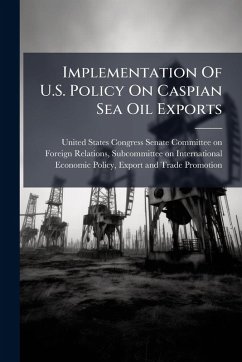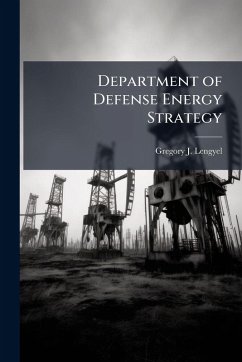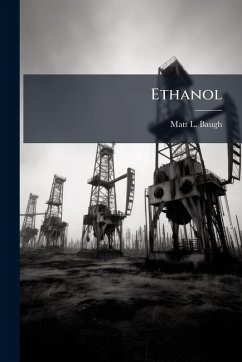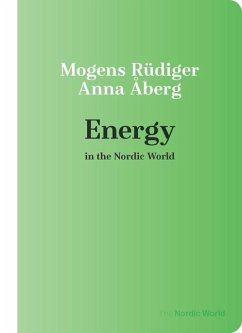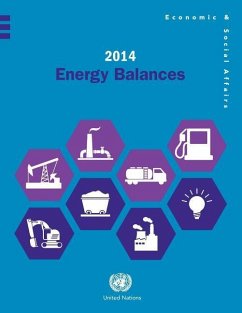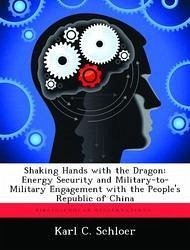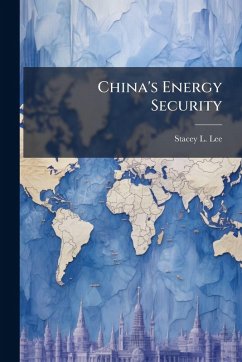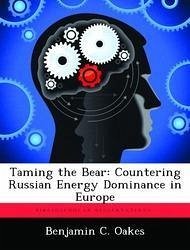
Taming the Bear
Countering Russian Energy Dominance in Europe
Versandkostenfrei!
Versandfertig in über 4 Wochen
14,99 €
inkl. MwSt.

PAYBACK Punkte
7 °P sammeln!
European energy supplies are not secure. While individual nations have varying levels of energy security, too many European Union (EU) members, particularly those in Central and Eastern Europe, rely almost completely upon Russian state-owned monopolies for their energy supply. These monopolies act at the behest of the Kremlin and political motivations often outweigh financial incentives. The Putin administration has proved time and again in Ukraine, Czech Republic, Belarus, Poland, the Baltics, Georgia and others nations that it is willing and able to wield its energy dominance as a weapon of ...
European energy supplies are not secure. While individual nations have varying levels of energy security, too many European Union (EU) members, particularly those in Central and Eastern Europe, rely almost completely upon Russian state-owned monopolies for their energy supply. These monopolies act at the behest of the Kremlin and political motivations often outweigh financial incentives. The Putin administration has proved time and again in Ukraine, Czech Republic, Belarus, Poland, the Baltics, Georgia and others nations that it is willing and able to wield its energy dominance as a weapon of foreign policy. This paper's thesis is to determine how the United States and EU can limit this Russian influence over Europe. The paper begins with an analysis of the current key issues in the European-Russian energy relationship, including pipelines and infrastructure, Russian politics in the energy industry, and a history of past energy disputes while building an argument on why action is required. It then examines potential methods of countering Russian influence through increasing pipeline, supplier, and energy source diversity; enforcing current laws; and reforming the EU energy market. Critical analysis shows that gas market reform and diversifying suppliers are the best methods. This work has been selected by scholars as being culturally important, and is part of the knowledge base of civilization as we know it. This work was reproduced from the original artifact, and remains as true to the original work as possible. Therefore, you will see the original copyright references, library stamps (as most of these works have been housed in our most important libraries around the world), and other notations in the work. This work is in the public domain in the United States of America, and possibly other nations. Within the United States, you may freely copy and distribute this work, as no entity (individual or corporate) has a copyright on the body of the work. As a reproduction of a historical artifact, this work may contain missing or blurred pages, poor pictures, errant marks, etc. Scholars believe, and we concur, that this work is important enough to be preserved, reproduced, and made generally available to the public. We appreciate your support of the preservation process, and thank you for being an important part of keeping this knowledge alive and relevant.



